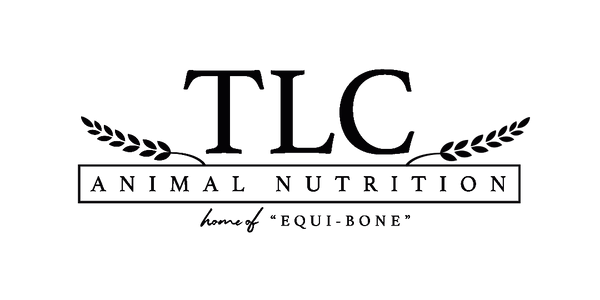
Definition
A calcium deposit or bone spur accumulates from improper bone remodeling where calcium can not be used correctly for bone turnover and collects on top of the bone or on surrounding tissues. We attribute this process to hypercalcemia, or too much calcium in the bloodstream in relation to Vitamin D, Phosphorus and other supporting minerals that are responsible for Calcium absorption and Calcium solubility (converting Calcium from a solid to the liquid state it needs to be in for proper utilization).
Causes
Diets providing a vitamin/mineral imbalance where calcium is out of balance with the nutrients needed for proper utilization is likely the main cause for most calcium deposits. Diets too high in Vitamin D and/or calcium relative to some of the other nutrients in the bloodstream will create difficulty for the body to convert calcium into its liquid state and will likely gradually accumulate on a specific area, getting larger over time. Trauma to the area may also increase the need for calcium (this is why we see calcium deposits in/around joints more than anywhere else - the energy from walking/running is transferred to a specific area and the body attempts to build the area up by asking the body for more calcium - and the body is responding, it just can't use the calcium correctly).
Calcium Deposit Indicators
Calcium deposits and bone spurs can be difficult to detect from a lameness standpoint because their location may vary. These horses sometimes show no symptoms at all. It may be possible to detect a calcium deposit on the bone due to an odd shape or lump. If the calcium deposit is in the joint, the limb may limit the horses range of movement.
Treatment Options
Treatment options are currently limited for addressing Calcium deposits and bone spurs. Most approaches typically result in little to no structural progress in either halting or reversing these issues, but rather approaches toward increasing the horses comfort and ability to cope with any pain have emerged - however, these are only temporary and eventually the calcification will grow to the point where these conventional methods are no longer effective.
Exercise
Horses exhibiting signs of lameness need a work schedule that is less intense. Their conditioning can be maintained by slow long-distance work or swimming, as opposed to being worked at high speeds, up steep hills, on hard surfaces, irregular terrain or deep footing. Reducing the frequency of high impact exercise is important as well.
Surgery
Surgical removal of calcium deposits and bone spurs is a possibility, however you will likely have a relapse if the dietary factors are not corrected. Most vets will agree that the body will view the surgery as trauma to the bone and start the whole process over again, negating any positive result from the surgical procedure, itself.
TLC's Equi-Bone
Give TLC's Equi-Bone to improve calcium solubility. Assuring conversion of calcium to its proper liquid state means that the mineral is available to be absorbed by the bone, rather than collecting on top of it. Over time there may be an effect on any pre-existing accumulations, dissolving excess calcium.
Dietary Changes
We typically make some dietary adjustments for horses with calcium deposit problems. Since hypercalcemia is responsible for producing the problem, we typically try to eliminate Vitamin D3 and supplemental calcium from the diet. To start with reducing or eliminating alfalfa hay, which delivers almost entirely calcium and not enough other nutrients to balance out the high calcium content, switching to grass hay can really help us get the calcium: phosphorus ratio back in check.
Also since 1lb of commercial grain generally contains about 5,000mg of calcium and unneeded Vitamin D (horses are outdoor animals and should get all the Vitamin D they need from the sun), it is a good idea to replace this grain source with an unfortified vitamin/mineral source. This could be oats, beet pulp, corn, rice bran, etc.
Life After Treatment
After you have achieved success on the loading phase of the Equi-Bone program it is important to continue producing the same effect moving forward. This helps to ensure that we work to keep the Calcium solubility properties in check so that calcium is properly converted to its liquid and most usable form and lessens the likelihood of future accumulations and relapses developing. To do this it is recommended that you feed the maintenance amount of Equi-Bone, which is 1 scoop, 2 times daily.
